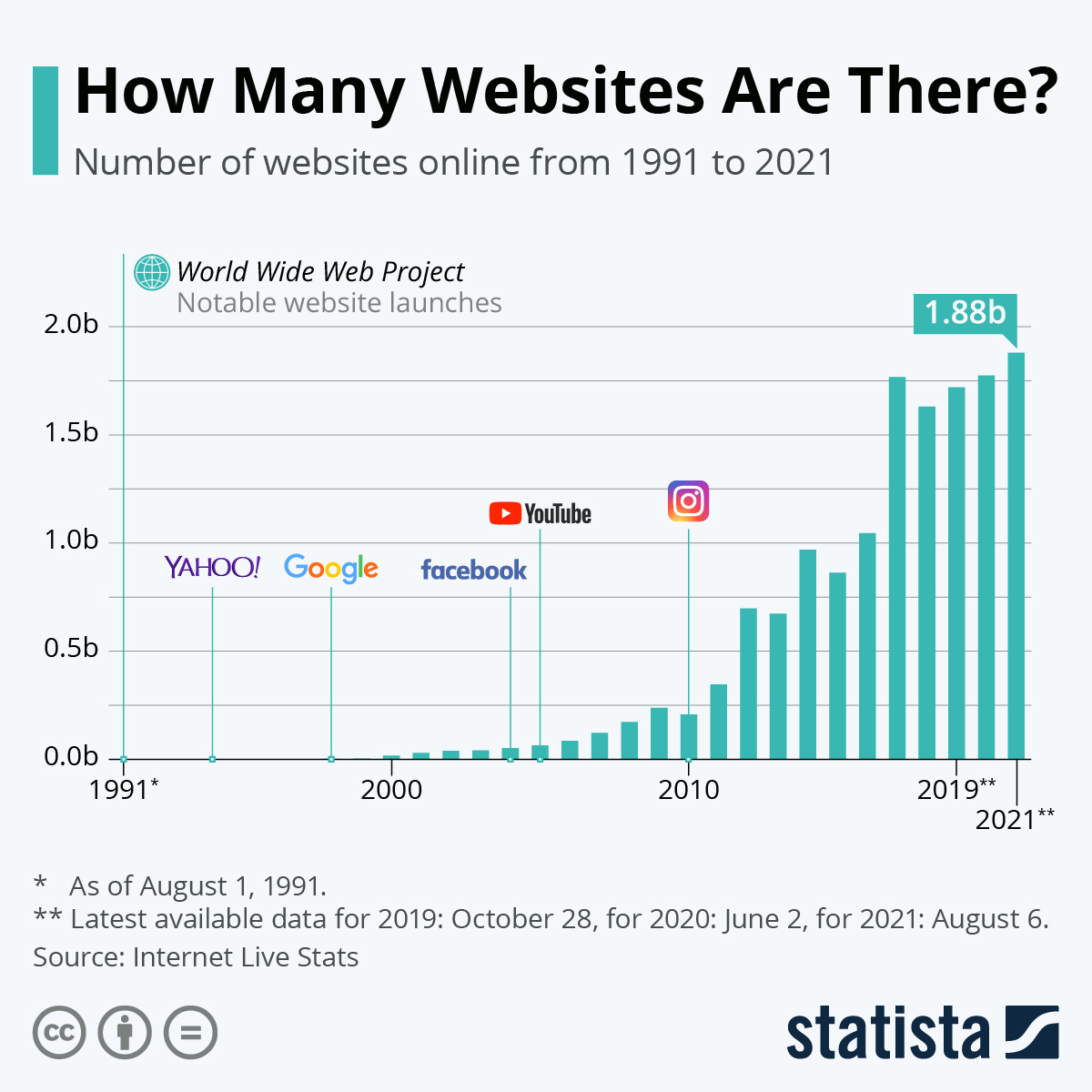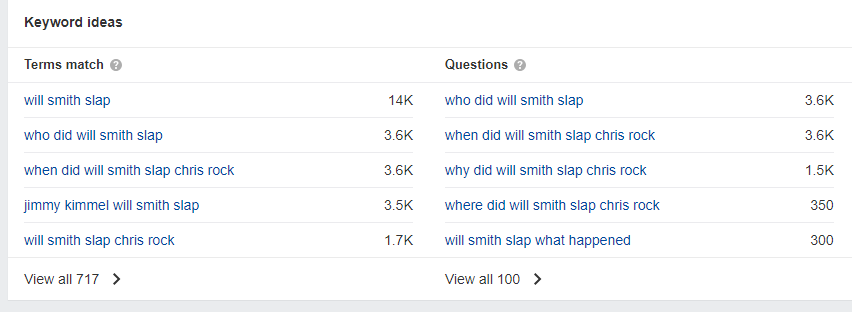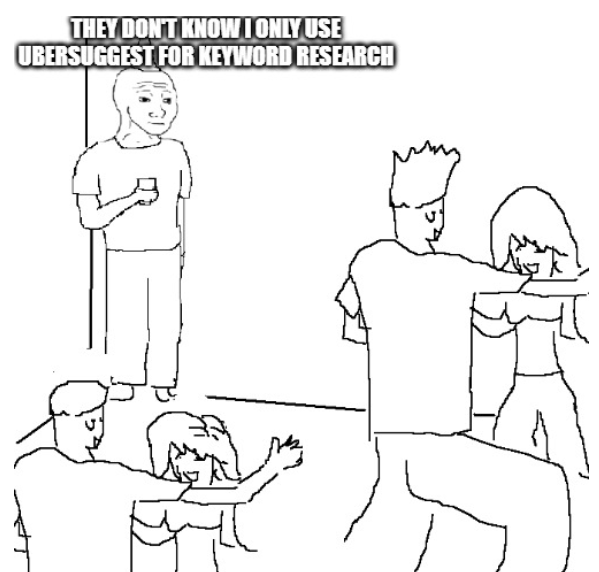Table of Contents
- Home
- »
- Superbrewed Insights
- »
- Javascript, AI, & how to Marie Kondo your content with Jess Joyce
-
Afnan Rehan
- 7 minutes read time
Javascript, AI, & how to Marie Kondo your content with Jess Joyce
- Home
- »
- Superbrewed Insights
- »
- Javascript, AI, & how to Marie Kondo your content with Jess Joyce
Javascript, AI, & how to Marie Kondo your content with Jess Joyce
Table of Contents

SEO has changed dramatically over the past two decades, transitioning from basic keyword stuffing to a blend of content marketing, technical SEO, and user experience optimization.
To better understand how the future of SEO and content marketing has changed in the last few decades, we were privileged to speak with Jess Joyce, a seasoned SEO specialist with nearly two decades of experience, on our Superbrewed sessions. Starting her career as a web developer in the 1990s, Jess transitioned to SEO as the industry shifted toward accessibility and marketing, bringing a unique perspective to the table.
In our discussion, Jess shared her valuable insights on various topics, including the differences between content marketing in the 90s and today, the ease of creating websites with modern drag-and-drop tools, common misconceptions held by content and revenue teams about driving revenue through content marketing, and the role of AI in content creation.
SEO in the 90s
In the early days of the internet, SEO was nothing like what we see today. Back then, the concept of SEO—if it could even be called that—was rudimentary at best. Fast forward to 2024, and the difference is stark, to say the least.
“The internet is completely different, and the algorithm is completely different, so I don’t think we’re optimizing for the web that used to be,” Jess remarked. One of the most notable changes in the digital world is the advent of Content Management Systems (CMS) that offer drag-and-drop functionality. Platforms like Wix and Webflow have democratized website creation, making it accessible for anyone to design and launch a website with ease. “You can drag and drop websites now… building on that kind of infrastructure didn’t exist (in the 90s). Now it does,” Jess explained.
It’s no surprise that roughly 2 billion websites now exist. Unfortunately, though, most of these websites are not optimized properly or even visible to the intended target audience. However, all it takes to see remarkable results is understanding user behavior and a little effort in content strategy.

Jess also emphasized the significant change in how search engines interact with websites within the last few years. “Google now crawls Javascript more often. Now, the render engine is evergreen, so it updates with Chrome. That means we’re now moving at the same cadence as Chrome is moving as opposed to just five years ago,” she pointed out. This change signifies a closer alignment between web development and search engine capabilities, enabling a more dynamic and responsive internet ecosystem.
The more time we spend studying modern-day SEO and content marketing, the more it becomes evident that the field has matured from its nascent stages in the 90s to a sophisticated discipline requiring a nuanced understanding of technology and user behavior.
The most refreshing change is how SEO is viewed now versus in the 90s. In the early days of the internet, SEO was all about hacking the algorithm for quick wins—think keyword stuffing, changing font colors to “hide” keywords from plain sight, and spammy backlinks. Now, you can’t get away with any of that—at least not for long.
Today, SEO is more like a system with plenty of moving parts that work together for one purpose: to serve the user in the best way possible. For some users with more informational queries like “How long should I boil an egg?”, a detailed, non-salesy guide would suffice. For others, the best solution could be a link to a product/service. At the end of the day, it all depends on the user and what they need at a particular point in time.
Are they looking for information?
Are they evaluating possible solutions for a problem they’re facing?
Do they need to make a purchase immediately?
User behavior, trends, and intent are critical in deciding what kind of content needs to be pushed to each type of user. But this leaves most companies at a crossroads: How do they draw the line between creating content for awareness versus content that drives revenue? And what metrics should companies look at when measuring content ROI?
The role of content in generating revenue
Revenue generation is a hot topic that’s been making waves in the SEO community. LinkedIn and forums are riddled with SEO hacks and schemes that promise quick bucks. Leaning on her extensive experience in the field, Jess shared her insights on how equating traffic with success is an oversimplification.
“I think a lot of people just equate traffic as good. I don’t think it’s simple as a 1:1 connection,” Jess stated.
She pointed out that focusing on the wrong metrics and creating content without considering the end user’s intent or relevance to the business can lead to a mismatch between what the audience is searching for and what the company is offering. Jess drove this point even further by sharing an example of an event management company that targeted keywords related to attending events instead of building events, resulting in a disconnect between the content and the audience’s needs.
This kind of disconnect can lead to a situation where revenue teams are waiting for leads that never materialize because the content does not align with what the target audience is looking for. Jess’ insights highlighted the importance of understanding the intent behind search queries and aligning content strategies accordingly to drive meaningful engagement and, ultimately, revenue.
Speaking of intent, an interesting topic that SEOs can’t get enough of is zero search volume keywords. While these keywords apparently don’t have any volume on keyword research tools, the intent behind them is often similar to other keywords that have already been searched for.
But what do they mean for SEO? And how do you even build a strategy around them?
The case for zero search volume keywords
Humans today rely on the internet for everything from doctor’s appointments to choosing furniture for their new home. Naturally, the way people search on the internet will vary based on a variety of factors—from the region in which they are based to the experiences they have had and even their level of proficiency in the language they are using to search for information. As a result, several variations of the same search query exist to the point where approximately 15% of queries each year have never been searched before.
The concept of zero search volume keywords has always intrigued SEO experts. Jess shared her thoughts on this topic, noting that zero search keywords essentially highlight the ever-evolving nature of both human behavior and the web.
To strategize around zero search volume keywords, Jess spends significant time in Google Trends and other platforms like Exploding Topics to align trends with keyword data. She emphasized the importance of topicality in SEO, using the example of how a blog post about the Oscars would differ before and after the event.
P.S.: Remember the slap? No one saw that coming, right? Let’s analyze what that meant for SERPs.

Even if you look at the search trend on Ahrefs, you’ll notice how vastly the search volume for the keyword “Will Smith slap” increased just after the Oscars.

But that’s not all. Related keywords show that people were using different keywords to search for more details about the incident. While some of the following keywords might give you similar results because the search intent is the same, almost every keyword is unique in how it’s structured.

This shows that staying on top of trends is arguably even more important than chasing high-volume keywords. What’s more, most keyword research tools don’t register keywords until a few weeks or even months after they get popular, so relying solely on these tools comes with the risk of being too late to the SEO party.

The only other group that’s late to the party? AI deniers.
AI, content freshness, and E-E-A-T
When asked about her thoughts on using AI in content production, Jess acknowledged its growing significance. “I honestly think that nobody can get away from it,” she said.
What you shouldn’t do with AI, though, is try to tick off an arbitrarily decided number of blogs published per month. We’ve all seen too much spammy content for one lifetime. Instead of adding yet another one of those articles to the void, use AI to automate tasks that make up the content creation process, like extracting key points from interviews, making sense of and extrapolating findings from custom research, and even producing base drafts for your content that can be enhanced with expert insights.
“Writer’s block is a real thing,” Jess said. “As humans, we can only go so far in our thinking processes, and we max out at a certain amount per day.” Using a blend of AI and human insight guarantees that each piece is original and fits into a larger content strategy.
Keeping human experts in the mix also prevents content decay. This is a major problem with larger companies that post dozens or even hundreds of new blogs every month. When you have someone review each piece that goes out and perform regular audits, you ensure that none of the content has outdated or inaccurate information.
Quoting Marie Kondo, Jess suggests you get rid of any content that doesn’t spark joy. As Google and other search engines crack down on spam, content freshness and accuracy will become even more important. Again, with internal or external subject matter experts on board, you can keep your content aligned with E-E-A-T guidelines and increase the chances of quick indexing and ranking.
Want to publish content that speaks to your audience? Every piece Wordbrew creates is on-brand and edited by SMEs, so your content never misses the mark. Sign up today and get your first blog free!